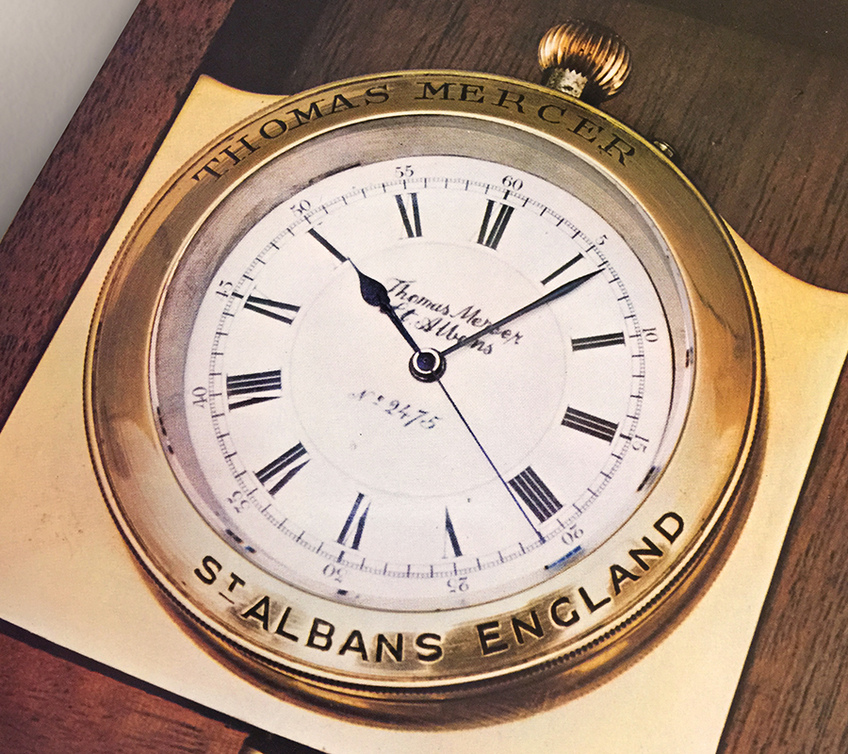

The legend of Thomas Mercer, the great English chronometer maker, part 2
Among the time-telling devices that dot the course of Thomas Mercer's creative career as a builder of marine chronometers, there are a number of iconic pieces that form an integral part of British history. Fates entwined…
During that period when Great Britain had a leading position in the world of watchmaking and was also a pioneer in all matters related to accuracy and the chronometric science, there were a number of key people, artisans or industrialists, who definitely left their mark on the path towards excellence. One of those was Thomas Mercer. Thanks to some iconic works that have been scrupulously recorded, we can, today, understand the boundless creative areas that the brand has already invested in order to be reborn at the dawn of the third millennium.
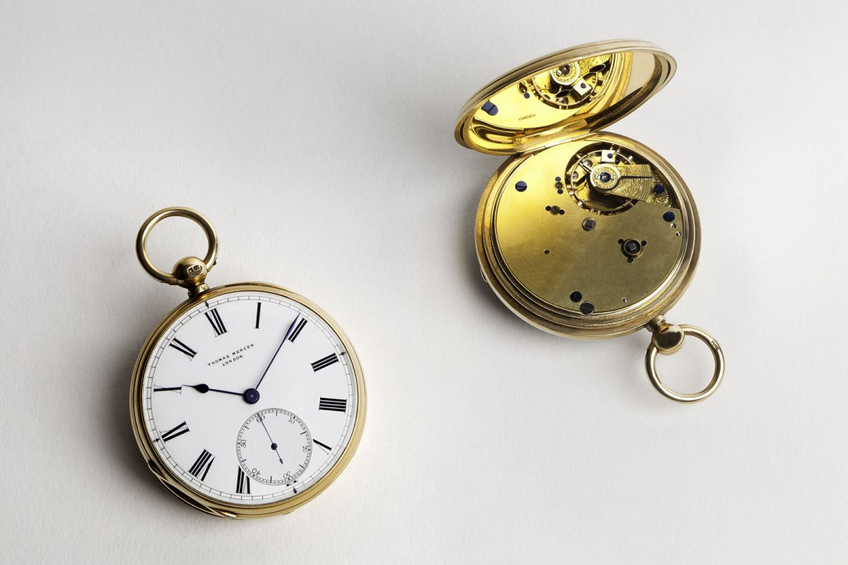
Legendary marine chronometers
Barely two years after setting up his first watchmaking workshop at 161 Goswell Road in Clerkenwell in 1860,Thomas Mercer earned the right to participate in the Greenwich Trials, a series of rigorous tests certified by the British Admiralty and conducted by the Royal Observatory in Greenwich. The first timepiece he entered picked up 11th place and has remained a legend ever since.It was the marine clock 536. In its wake came No. 543, which managed to clinch fourth position. It went on to a brilliant career after being purchased by the Admiralty for the famous ship HMS Swallow. From that moment on, the words “Maker to the Admiralty” started appearing on the dials, a mark of honor given to select watchmakers allowed to supply the Royal Navy, and one that was to give Thomas Mercer's output a positive nimbus. In 1881, then, he picked up second place at this great contest, and so it was the turn of marine chronometer 2696 to join a growing line of legends.
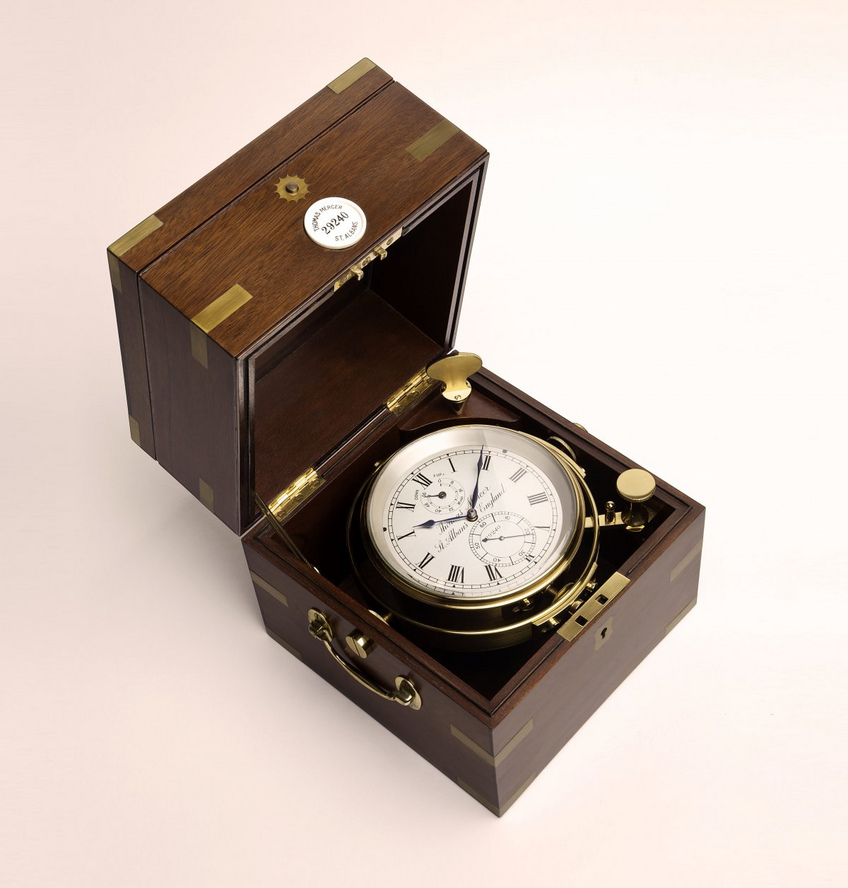
In 1911, over a quarter century after his initial participation in the Greenwich tests, Thomas Mercer re-entered the fray after an 11-year hiatus. Running with his piece No. 8306, a rare eight-day model, he finally made the highest rung. It was purchased by Frank Dyson, the Astronomer Royal, on request by the Royal Observatory in Greenwich. Three years later, in 1914, this historic piece was joined by the marine chronometer that was to become part of the adventure initiated by explorer Ernest Shackelton.The history of that watch is special, it allowed the entire crew to survive the first Trans-Antarctic expedition, and thus it buttresses the legend of Thomas Mercer.
In the history of the brand, there are two exceptional pieces that cemented the legend one hundred years after Thomas Mercer set himself up as an independent watchmaker. The most exclusive one is the eight-day Observatory Marine Chronometer manufactured in 1980. It was conceived for use in an astronomical observatory an is notable for its three-tiered box of rare coromandel wood from India edged with ebony, as well as its observatory dial. Two years later, in 1977, a limited series of 25 Jubilee Marine Chronometers also climbed onto the dais of the Thomas Mercer legend. For the 25th anniversary of the coronation of Queen Elizabeth, the cabinets designed by the Englishman Alan Peters, a furniture designer from Cullompton, were given a circular silver plaque bearing the inscription “The Queen Silver Jubilee 1977”.
Pocket watches and table clocks
By no means did Thomas Mercer only focus attention on marine chronometers involved in national issues. As of the 1880s, he already began a careful production of pocket watches.As a reminder: he was already familiar with watches, since he had done his apprenticing with his watchmaking grandfather, William Walker. So he quite naturally worked on miniaturization, designing calibers and doing fine finishing using select diamonds and gold. Thomas Mercer’s skill also extended to the production of so-called “deck watches,” which were used to supplement marine chronometers. The marine clock would stay below deck to avoid being damaged by exposure to the elements, while the "deck watch" was worn by the sailors to perform all the necessary astronomical calculations.
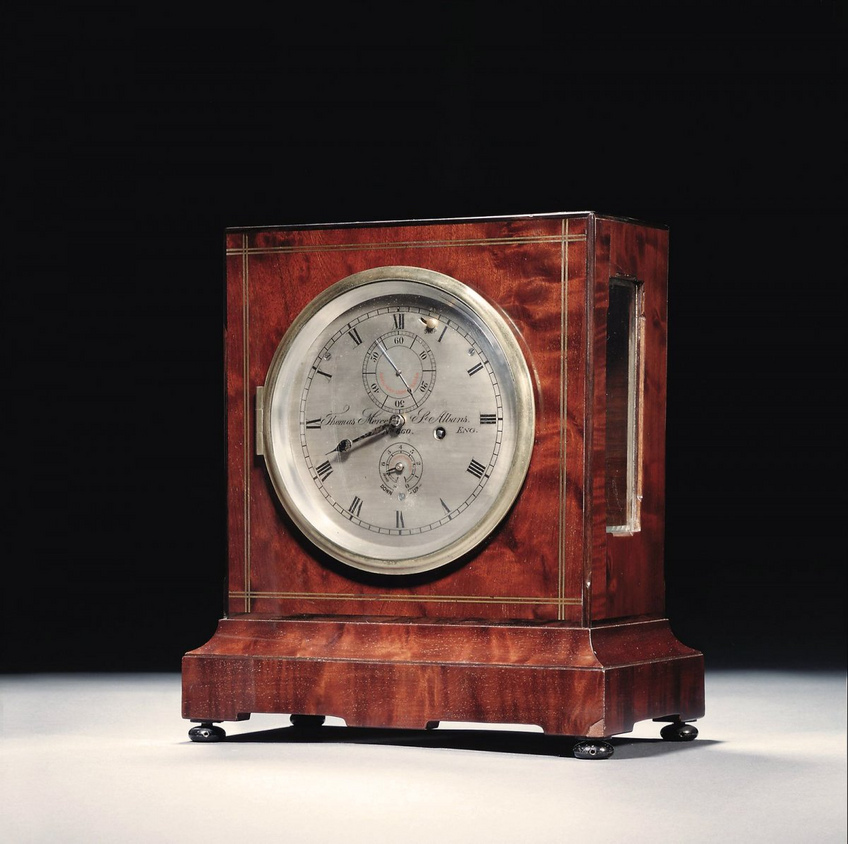
Thomas Mercer's also made table, portable, or wall clocks, high-precision machines (or regulators) that could be controlled by the marine chronometers. Historians notably refer to a model manufactured in 1885 for the International Exhibition of Inventions in London. The movement features a fusée and chain Earnshaw detent escapement. Almost a quarter century later, in 1930, eight years after having made its first fireplace clock, the brand launched the Hertfordshire collection, whose pieces blended watchmaking skills with artisanal art. They remained in the collection until the 1980s.
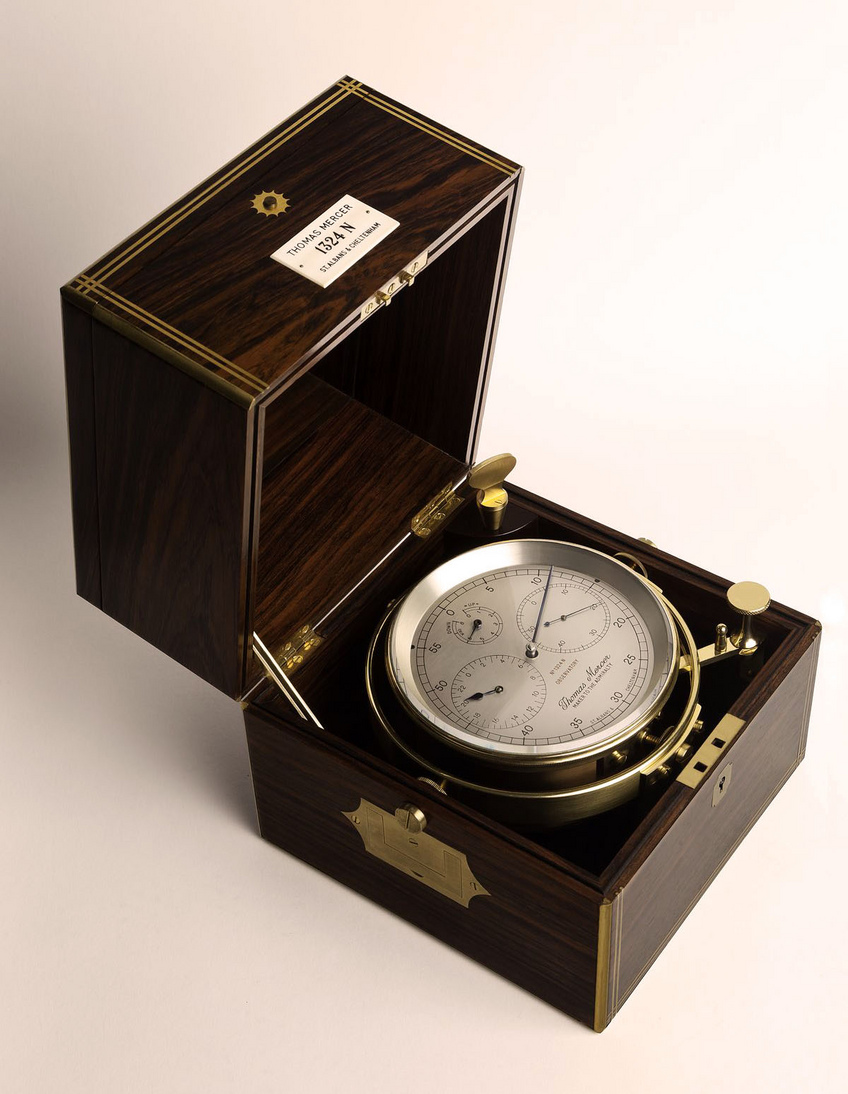
Thomas Mercer's ties to aeronautics and … cartography
The name Thomas Mercer, which is always associated with the maritime world, also became connected with the airs.Whether it be in dirigibles, that were so popular with the Royal Airforce in the 1930s, or in Winston Churchill's own plane, the brand always made its mark for the precision of its instruments to measure time. For the dirigibles, the control mechanism was based on a Thomas Mercer patent that allowed these flying machines to be tracked by airplanes using electrical impulses, as witnessed by the “700 Airship Chronometer,” which appeared in 1931.
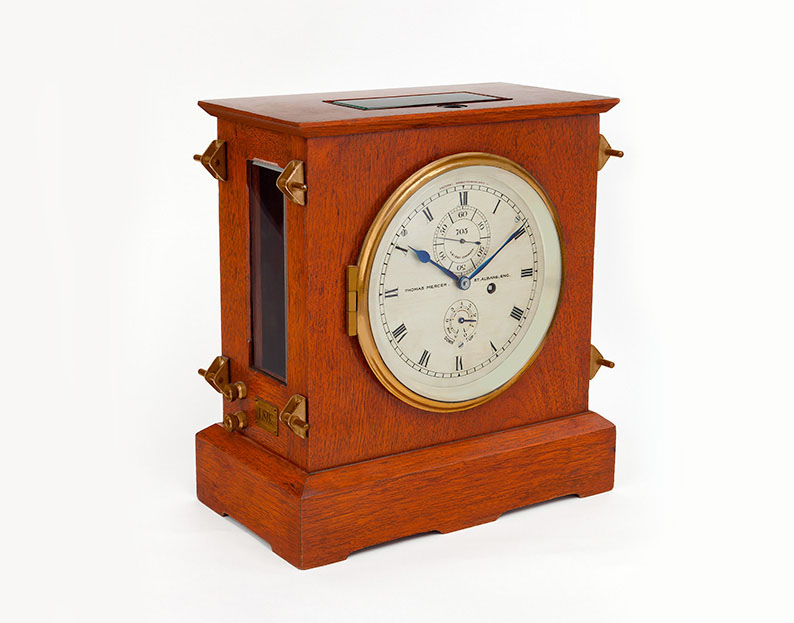
As for the Royal Air Force, in 1937 it acquired a limited number of mechanical aircraft clocks named "Mark 1," all equipped with an eight-day caliber, whose lengthy explanations in the air force’s internal manual continue to fan the flames of collector's desires. Finally, since the head of the armies was a notable personality of contemporary history, the aircraft clock offered by Thomas Mercer to equip Winston Churchill's personal airplane became a legend in 1944.
In addition to this aeronautical chapter in the brand's existence, there is also a chapter devoted to cartography and geometry. In 1926, Thomas Mercer filed a patent for a "Survey Chronometer," (first picture of this article) which is a further development of a prototype made in 1923, which featured an added chronograph and a system to receive radio waves, allowing for highly precise measurements when observing stars in relation to Greenwich Mean Time. This was the era during which the world maps were becoming better and better even down to the tiniest details.
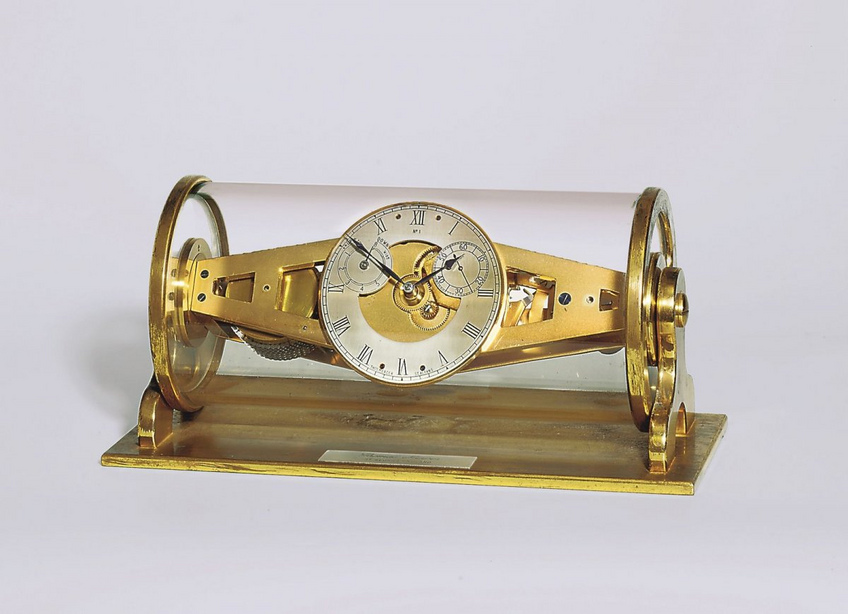
Artwork pieces
Thomas Mercer produced purely functional timepieces. But many of them were also part and parcel of the world of luxury, exclusiveness, and creative daring.In 1973, for example, at the Basel trade fair – Baselworld today – the Mercer legend swelled with a collection of thirty examples of an eight-hour chronometric table clock in gold and boasting a seal by Shackmann from Watford. It's a gem for any home, both useful and decorative.This type of object, like the interior clock known as "Prospect," which was presented two years later to pay tribute to the one-hundredth anniversary of the founding of St. Albans, relinquished certain horological traditions of brass to become gentrified with massive silver or gold.Indeed, the name "prospect" celebrates the street where the Power House (the name of the workshop) was located. These objects, like the 1980 Crystal Clock, are less well known, but they contribute to Thomas Mercer’s inclusion into the restricted circle of legendary watch brands.
Front picture: Thomas Mercer Survey Chronometer from 1926


